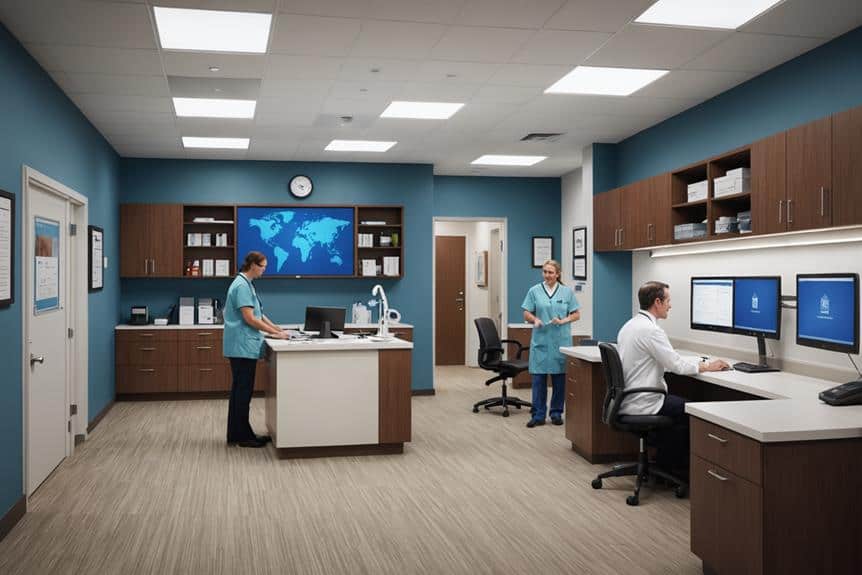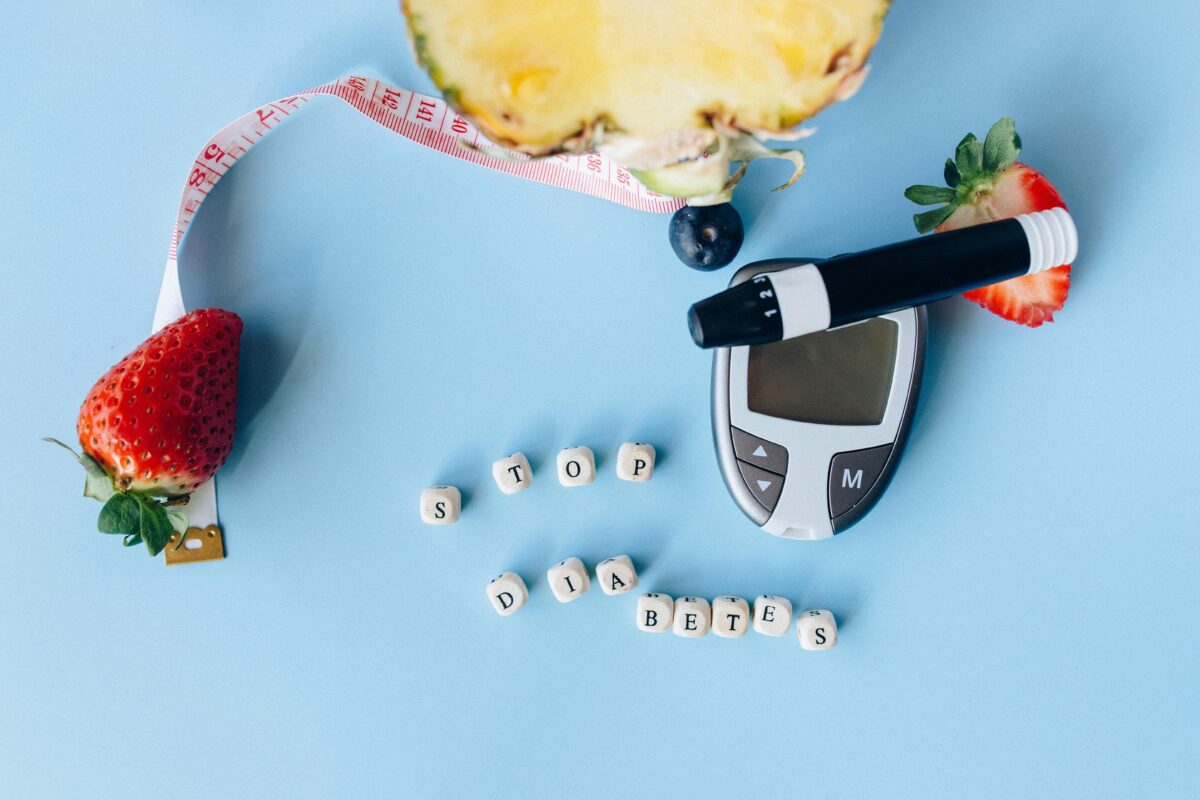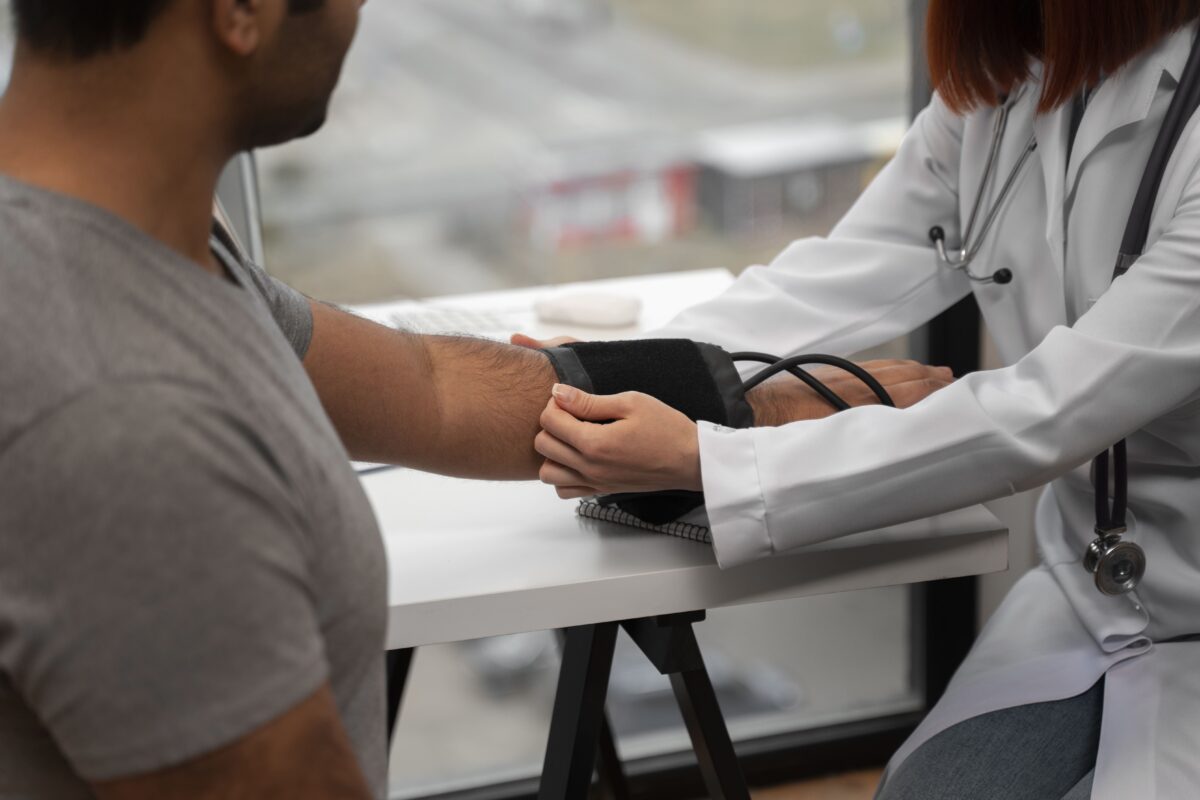Yes, staying active this summer is not only possible but beneficial when you have the right support from your primary care team. With proper medical guidance, you can safely enjoy outdoor activities while avoiding heat-related health problems. This guide will show you how your doctor can help you create a safe summer fitness plan that works for your health and lifestyle.
Why Summer Fitness Matters for Your Health
Summer brings longer days and warmer weather. This makes it the perfect time to get moving and improve your health. Regular exercise during summer months can boost your mood, strengthen your heart, and help you feel better overall.
The Science Behind Summer Exercise Benefits
According to the World Health Organization, between 2000–2019 studies show approximately 489,000 heat-related deaths occur each year, with 45% of these in Asia and 36% in Europe. However, with proper preparation and medical guidance, exercise remains safe and beneficial. Regular physical activity is associated with reduced risk of all-cause mortality, risk of cardiovascular disease mortality, incident hypertension, incident site-specific cancers, incident type-2 diabetes.
Mental Health Benefits of Summer Activity
Summer exercise does more than just strengthen your body. It also helps your mind. Being active outdoors can reduce stress and improve your mood. The sunshine and fresh air work together to make you feel happier and more relaxed.
How Primary Care Doctors Support Your Summer Fitness Journey
Your family doctor plays a key role in helping you stay safe and active during summer. They understand your health history and can create a plan that works for you.
Pre-Exercise Health Assessments
The National Center for Biotechnology Information notes that primary care physicians should encourage their patients to engage in adequate physical activity. Current recommendations for physical activity in adults are as follows: at least 150–300 minutes per week of moderate-intensity, 75–150 minutes per week of vigorous-intensity aerobic physical activity.
Your doctor will check your current health status before recommending summer activities. They look at:
- Your heart health and blood pressure
- Any chronic conditions like diabetes or asthma
- Current fitness level
- Medications that might affect exercise
- Previous injuries or physical limitations
Special Considerations for Chronic Conditions
If you have health conditions, your doctor will help you exercise safely. People with chronic diseases who have cardiovascular risk factors may not have any problems even if they are active. Your doctor can adjust your exercise plan based on conditions like:
Creating Your Personalized Summer Exercise Plan
Your doctor doesn’t just tell you to exercise. They help you create a specific plan that fits your life. This includes choosing the right activities, setting realistic goals, and knowing when to slow down.
Beat the Heat: Summer Safety Strategies Your Doctor Recommends
Summer heat can be dangerous if you’re not careful. The Associated Press analysis of federal data shows that about 2,300 people in the United States died in the summer of 2023 with their death certificates mentioning the effects of excessive heat. Your primary care doctor can teach you how to stay safe while staying active.
Understanding Heat-Related Risks
More people die from extreme heat than any other weather event. Heat becomes particularly dangerous when outside temperatures top 90 degrees Fahrenheit and the humidity is over 50 percent. Your doctor will help you recognize warning signs like:
- Dizziness or lightheadedness
- Nausea or vomiting
- Rapid heartbeat
- Excessive sweating or no sweating
- Confusion or irritability
Smart Hydration Guidelines
An easy calculation is to consume half your body weight in ounces—so if you weigh 150 pounds, aim for at least 75 ounces each day. This goal goes up if you’re very physically active.
Your doctor can help you create a hydration plan that includes:
- Drinking water before you feel thirsty
- Choosing the right sports drinks when needed
- Avoiding too much caffeine or alcohol
- Checking your urine color to monitor hydration
When to Choose Sports Drinks vs. Water
For most summer activities lasting less than an hour, water is perfect. For most young people in most athletic settings—when they can eat meals before and after exercising—water is fine. However, for longer activities or intense sweating, your doctor might recommend drinks with electrolytes.
Timing Your Summer Workouts
In the intense heat, if you must be outside for more than a few minutes, try to do so when it’s cooler, ideally before 10 a.m. or after 6 p.m. Your doctor will help you plan workout times that avoid the hottest parts of the day.
Best Summer Activities Your Doctor Might Recommend
Different activities work better for different people. Your doctor can suggest activities based on your health, fitness level, and interests.
Low-Impact Summer Options
These activities are easier on your joints and good for people just starting to exercise:
- Swimming or water aerobics
- Early morning walks
- Gentle yoga in the park
- Cycling on flat paths
- Gardening activities
Higher Intensity Summer Workouts
If you’re already active and healthy, your doctor might suggest:
- Jogging or running in cooler hours
- Outdoor boot camps
- Tennis or other sports
- Hiking on nature trails
- High-intensity interval training (HIIT)
Family-Friendly Activities
Getting the whole family involved makes summer fitness more fun:
- Family bike rides
- Playing at the park
- Swimming together
- Walking the dog as a family
- Outdoor games like frisbee or badminton
Recognizing When to Seek Medical Help
Your doctor teaches you important warning signs that mean you should stop exercising and get help right away.
Emergency Warning Signs
Call 911 immediately if you experience:
- High body temperature (over 103°F)
- Hot, red, dry skin or no sweating
- Rapid, strong pulse
- Confusion or loss of consciousness
- Severe headache or nausea
When to Contact Your Primary Care Doctor
Reach out to your primary care team if you notice:
- Persistent fatigue after summer workouts
- Repeated muscle cramps
- Ongoing dizziness or weakness
- Changes in your usual response to exercise
- New aches or pains that don’t go away
Ongoing Support Through Your Summer Fitness Journey
Your relationship with your primary care doctor doesn’t end after your first visit. They provide ongoing support to help you succeed.
Regular Check-ins and Adjustments
Your doctor will want to see how your summer fitness plan is working. During regular check-ups, they can:
- Review your progress toward fitness goals
- Adjust your exercise plan if needed
- Address any new health concerns
- Update your plan based on how you’re feeling
Monitoring Your Health Improvements
Exercise prescriptions given by PCPs containing endurance, strength, flexibility, and balance exercises improve QoL in elderly people. Your doctor can track improvements in:
- Blood pressure and heart rate
- Weight and body composition
- Energy levels and sleep quality
- Overall mood and mental health
- Management of chronic conditions
Creating Long-Term Healthy Habits
Summer fitness is just the beginning. Your doctor helps you build habits that last all year long.
Setting Realistic Goals
Your doctor helps you set goals you can actually reach. Instead of trying to do too much too fast, they help you:
- Start with small, manageable activities
- Gradually increase intensity over time
- Celebrate small wins along the way
- Adjust goals based on your progress
Building a Support Network
Your primary care team can connect you with other health professionals who support your fitness goals:
- Physical therapists for injury prevention
- Nutritionists for healthy eating plans
- Mental health counselors for motivation support
- Community fitness programs and classes
Special Considerations for Different Age Groups
Summer fitness looks different for everyone. Your doctor creates age-appropriate recommendations.
Summer Fitness for Children and Teens
Children and adolescents should perform at least 1 hour of moderate-to-vigorous physical activity daily, which includes vigorous aerobic activity at least 3 days per week. For young people, doctors focus on:
- Making activity fun and social
- Teaching proper hydration habits
- Preventing overuse injuries
- Supporting healthy growth and development
Adult Summer Fitness Strategies
Adults need different approaches based on their lifestyle and health status. Your doctor considers:
- Work schedules and family responsibilities
- Existing health conditions
- Previous exercise experience
- Available time and resources
Senior Summer Safety
The elderly should perform additional balance training and fall prevention exercises more than 3 times a week. For older adults, doctors emphasize:
- Safe, low-impact activities
- Fall prevention strategies
- Managing multiple health conditions
- Social aspects of staying active
Technology and Tools Your Doctor Might Recommend
Modern technology can help you stay safe and motivated during summer fitness activities.
Fitness Trackers and Apps
Your doctor might suggest using devices that track:
- Steps taken and distance covered
- Heart rate during exercise
- Sleep quality and duration
- Hydration reminders throughout the day
Weather Monitoring Tools
Enter your zip code on the CDC HeatRisk Dashboard for the heat risk forecast in your area and recommended actions to protect your health. Your doctor can teach you to use weather apps that show:
- Temperature and humidity levels
- Air quality indexes
- Heat warnings in your area
- Best times for outdoor activity
Nutrition Support for Summer Fitness
What you eat and drink affects how well you exercise in the heat. Your doctor can provide guidance on summer nutrition.
Pre-Exercise Nutrition
Before summer workouts, your doctor might recommend:
- Light meals 2-3 hours before exercise
- Small snacks 30-60 minutes before activity
- Avoiding heavy, fatty foods that slow digestion
- Including complex carbohydrates for energy
Post-Exercise Recovery
After summer activities, focus on:
- Replacing fluids lost through sweating
- Eating protein to help muscles recover
- Including fruits and vegetables for vitamins
- Avoiding excessive alcohol or caffeine
Building Your Summer Fitness Support Team
Your primary care doctor can connect you with other professionals who support your summer fitness goals.
Working with Specialists
Depending on your needs, your doctor might refer you to:
- Sports medicine doctors for specific training advice
- Physical therapists for injury prevention or recovery
- Registered dietitians for nutrition planning
- Mental health professionals for motivation support
Community Resources
Your doctor knows about local resources that can help:
- Community centers with summer programs
- Public pools and recreational facilities
- Walking and biking trails in your area
- Group fitness classes and sports leagues
Final Thoughts
Staying active this summer becomes much safer and more effective when you have support from your primary care team. Your doctor understands your individual health needs and can create a personalized plan that helps you enjoy summer activities while staying safe from heat-related problems.
Remember that every person is different. What works for your friend or neighbor might not be right for you. By working with your primary care doctor, you get advice that’s specifically designed for your health, fitness level, and goals.
Don’t wait until you have a problem to talk with your doctor about summer fitness. Schedule a visit to discuss your activity plans before the heat of summer arrives. This gives you time to create a safe, effective plan that helps you make the most of the sunny season ahead.
Start your summer fitness journey the right way by contacting Yorktown Health today. Our experienced primary care team is ready to help you create a personalized summer activity plan that keeps you healthy, safe, and active all season long.










